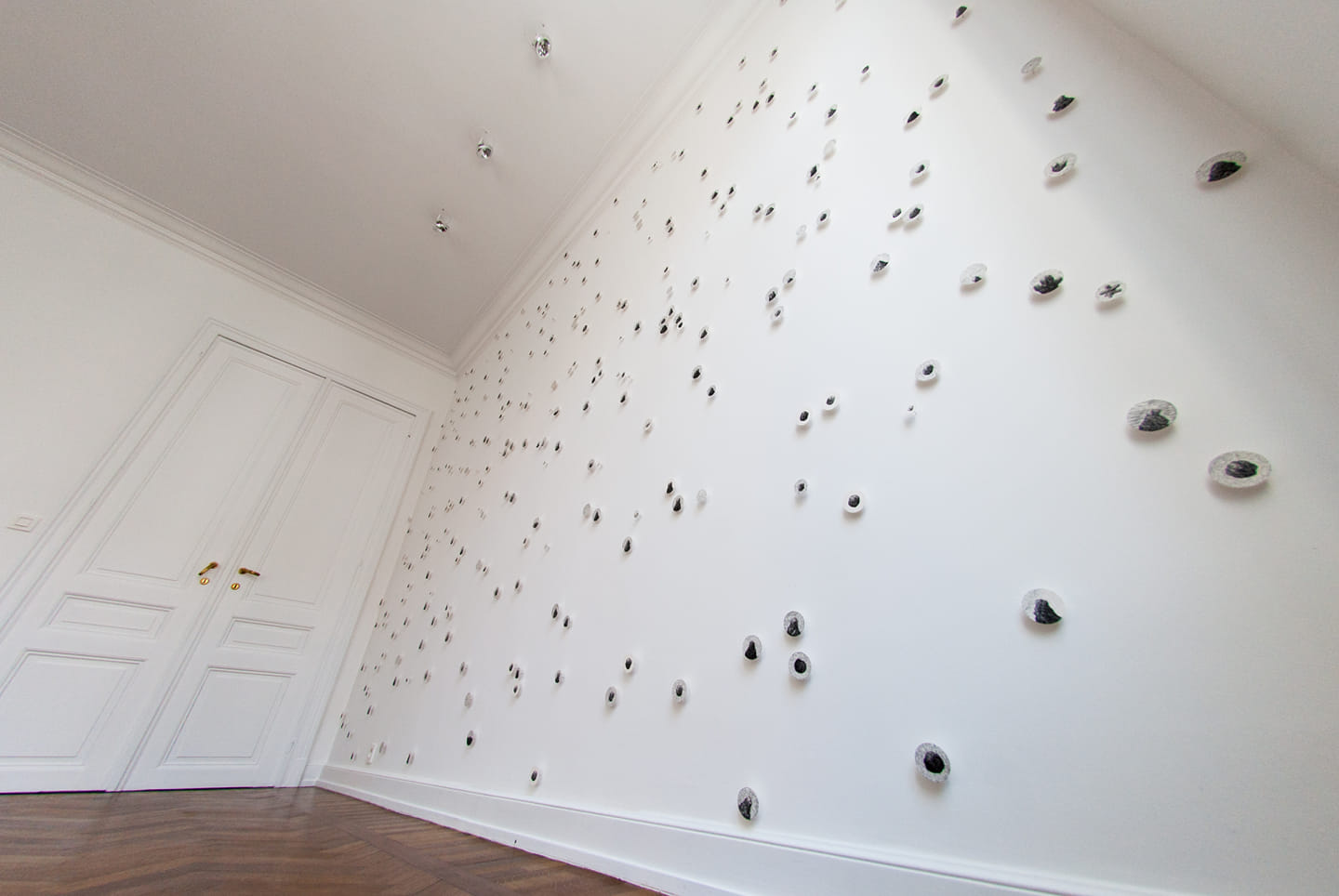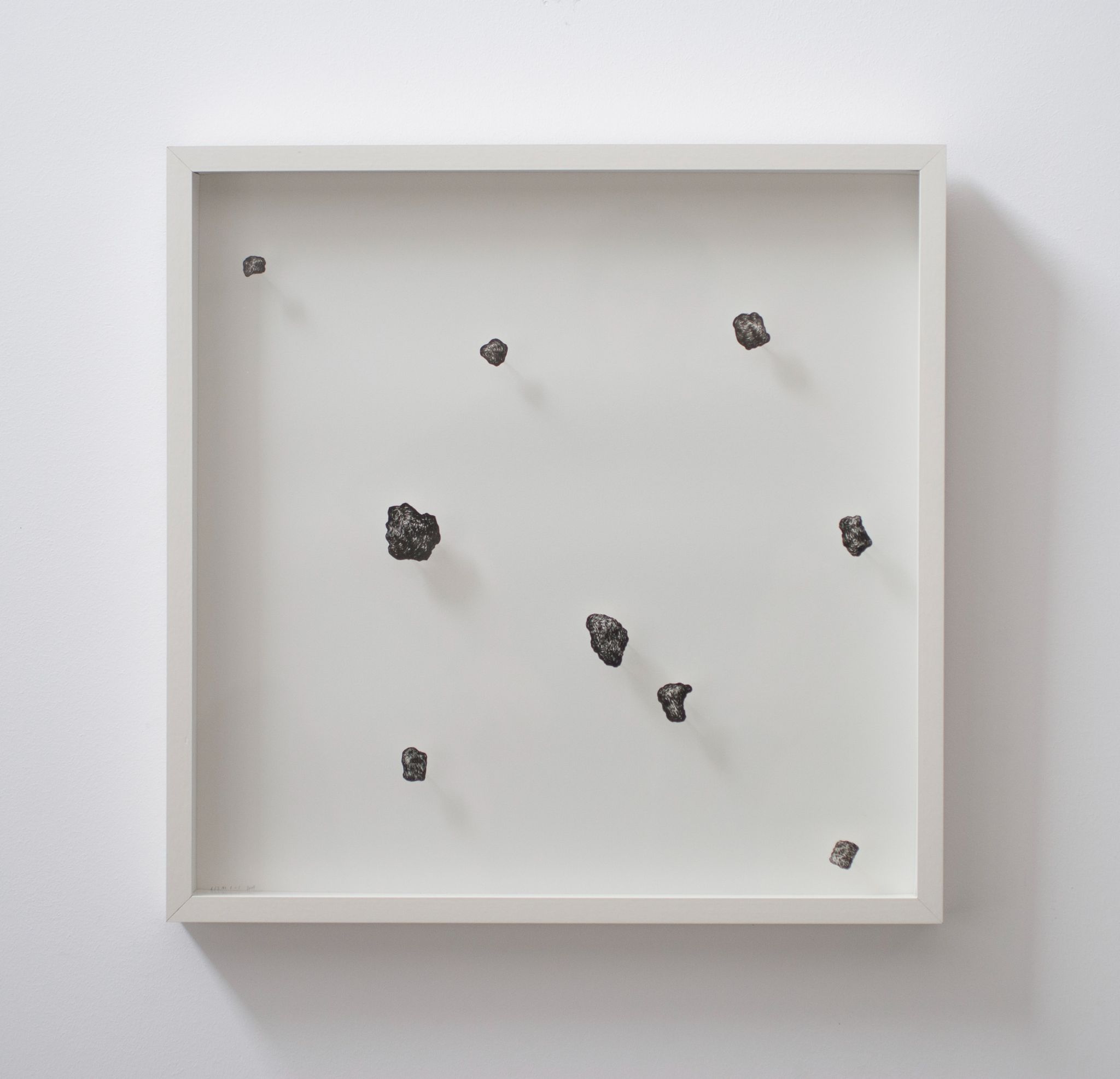STATEMENT / EN
EN - Pierre Clemens’ (Brussels 1970) interest for the idea of landscape arose from a study trip to Athens in the mid-nineties. Back then, in a street, he came across a huge pile of architectural plans from the 50s and 60s. He was immediately drawn to them and took a few with him. Soon afterwards, he developed a series of interventions on these transparent layers, leaving his imprint upon those which the architects had themselves left upon the city. With this gesture, Pierre Clemens lays the foundation of a reflection on landscape as an idea, that is, as a representation of what is visible or might become visible, either through technical or artistic mediation. This simple gesture is also a radical one: it asks the question of the transition realized during the Renaissance from the idea of land to the highly aesthetic one of landscape, a transition enabled by the artist, in particular through his gaze and his pictorial work.
Since then, the notion of landscape has outgrown the bounds of the pictorial to become, as the excerpt quoted above makes clear, a dynamic operation that problematizes our perception of the multiple parameters and co-existing objects and histories which, through their successive layers, develop this “deep surface” of the landscape.
Pierre Clemens's work is concerned with this problem of perception: the "worlds" he presents are sometimes compressions of incommensurable horizons, and elsewhere the sudden dilation of hitherto invisible aspects of reality. Just as his work reflects back to the viewer the distorted image of his perception of reality, Clemens' pictorial work plays on the false opposition between natural and human landscape, between accident and calculation, and demonstrates the quasi-tautological correspondence between the two.
However, Pierre Clemens' work does not limit the question of perception to these theoretical considerations, but also focuses on its sensory and corporeal dimension. In his in-situ installations, for example, we observe the use of visual strategies producing effects of oscillation and vibration, even vertigo, as the repetition of a pattern and its expansion in space produce an effect of incommensurability for the human eye.
In this respect, Clemens’ work explores the psycho-physiological dimension of landscape, the effects that it produces on the senses, and thereby asserts the importance of the viewer, of his body, in relation to landscape. Far from being only an object of visual contemplation, landscape is an event singularly occurring in the body of those who are exposed to it.
From this point of view, the key, exciting contribution of the work of Pierre Clemens is question our perception of reality by exposing us to the dynamic effects of the many landscapes produced by society. These landscapes, which have become more complex, instable, resulting from a chain of technical mediations that are hard to trace, Clemens does not attempt to represent them – rather, he attempts a synthesis, a silent and economical compression, then orchestrates its dilatation in space, exposing us to the effects.
By Hadelin Feront - Curator.

